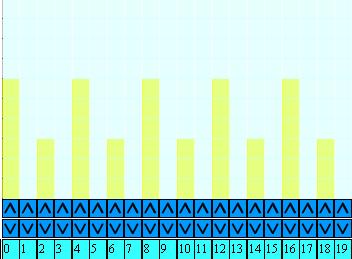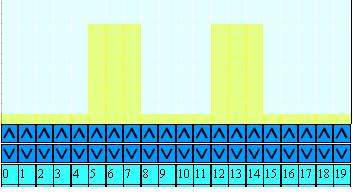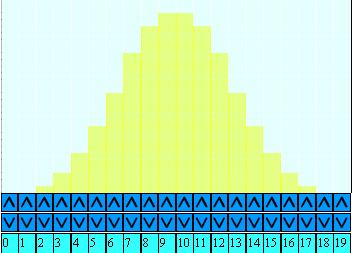Skip over navigation

Or search by topic
Number and algebra
Geometry and measure
Probability and statistics
Working mathematically
Advanced mathematics
For younger learners
Data Matching
Age 14 to 18
Challenge Level 





- Problem
- Getting Started
- Student Solutions
- Teachers' Resources
Patrick from Woodbridge school sent in the following solution:
"I made frequency graphs of the data sets and I tried to find similar features.
1. A G K M have no odd numbers so they are very likely to be one set.

2. B I J O each have almost all the numbers centred in two peaks at around 7 and 13.

3. D E L N have few early numbers or late numbers (they are all grouped around the middle)
4. C F H P have the same general shape - a rise up to 17 ish, then a very steep drop.
"I made frequency graphs of the data sets and I tried to find similar features.
1. A G K M have no odd numbers so they are very likely to be one set.
2. B I J O each have almost all the numbers centred in two peaks at around 7 and 13.
3. D E L N have few early numbers or late numbers (they are all grouped around the middle)
4. C F H P have the same general shape - a rise up to 17 ish, then a very steep drop.
You may also like
Into the Exponential Distribution
Get into the exponential distribution through an exploration of its pdf.

